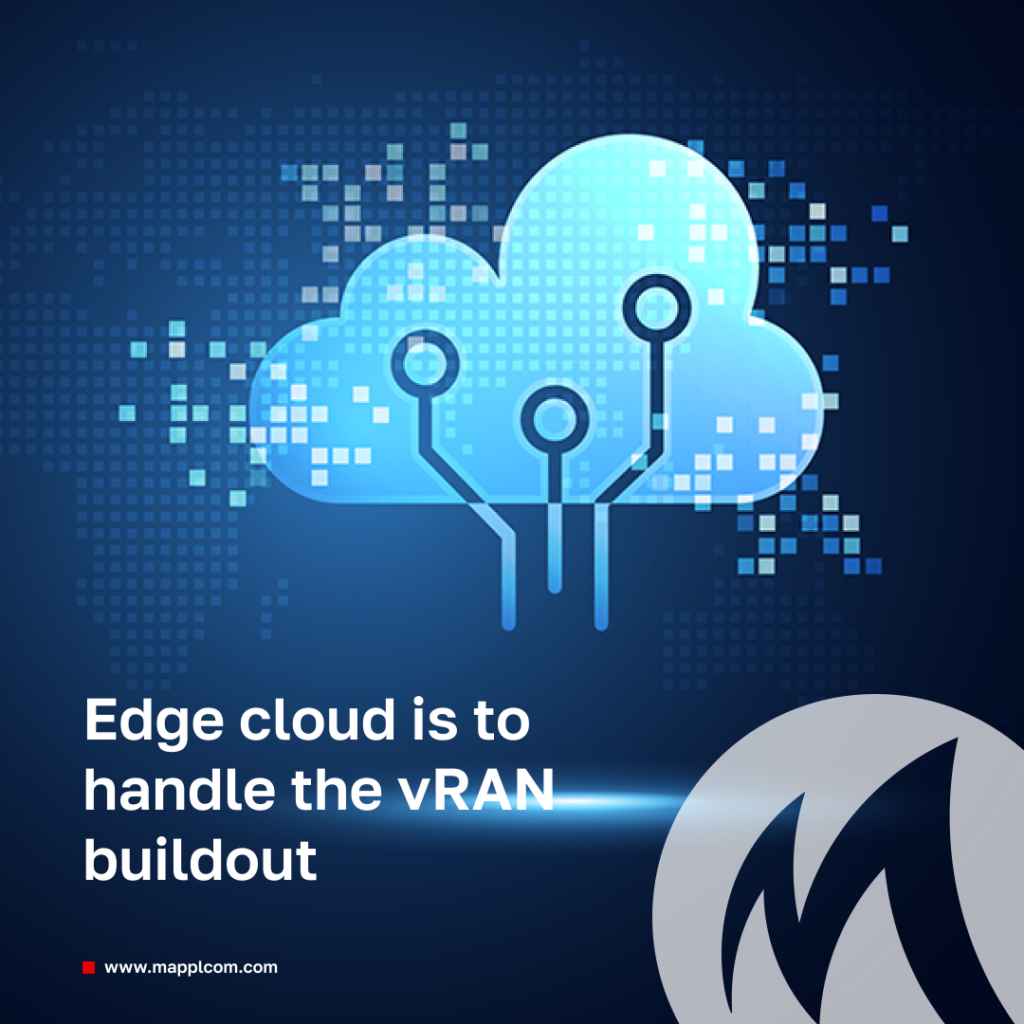Edge cloud is to handle the vRAN buildout

We have already been discussing extremely wide range of premises connected with expected full-scale 5G deployment, from boosting growth of smart cities and IoT to a wider application of AR and VR technologies in more specific industrial use cases. Majority of use cases to emerge in the future will be created at the edge – involving expected ultra-low latency and mission-critical comms. This fact pushes providers to redesign of currently used structure in order to enable required level of service customization and flexibility while deployment. The key is believed to be in embracing open standards after long years of operators’ lock-in activities without a movement toward collaboration. These drastic behavioral changes have a significant impact on CAPEX and OPEX levels and overall speed of new deployments. To be fully revealed financially, these emerging OpenRAN ecosystems have to be based on virtualized infrastructure which is distributed physically, another option is a hosting location for 5G edge apps in vRAN.
Providers are also intrigued by both vRAN and OpenRAN since their financial potential is huge not only regarding the volume of end-users’ market but also because of a way smaller number of equipment it needs, thus reducing costs for manufacturing this equipment, installation and maintenance. Talking about key drivers for installing virtualized RAN, specialist mainly name desire to enable greater flexibility and agility in the process of market introduction of new products and services. Previously involving adding or upgrading single-purpose-only hardware, now it demonstrates a move to a cloud native, container-based virtualized architecture as well as adopted standardized interfaces. All the mentioned facts allow to use benefits of greater flexibility and scalability, variety of services with increased cost-efficiency, faster products and service delivery.
According to recently conducted numerous surveys, more than half of participated enterprises’ representatives expect application of vRAN in commercial services within the period of 2 years – thus, proving that anticipated OpenRAN and vRAN benefits are not only connected to greenfield networks’ construction. Moreover, almost 35% of respondents are sure the commercial deployments will be conducted at scale. Talking about importance of edge cloud architecture within strategies of industrial operators, vast majority of them addressed the question stating that it holds a key role in 5G deployment strategies. This is, apparently, explained by an ability to deliver ultra-reliable services with high performance to end-consumers, which is coherently available through RAN with deployed edge computing. Operators mainly bear in mind possible support by edge clouds and combination of media, MEC (multi-access edge) applications and vRAN – thus, focusing on these services which have zero chance to be effectively supported by large and capable but too distant from the user data centers.
To sum up, there are many strong evidences suggesting that edge cloud architecture has a key role in a set of tools operators can use to deliver 5G services efficiently. No one doubt nowadays, that it is also a central “enabler” of vRAN that boosts return on investments for involved developers. The thing that should be addressed now to be sure that the system is a ready-to-be-used object is an effective and reliable management layer that automatically guarantees the edge cloud rides the vRAN buildout.

